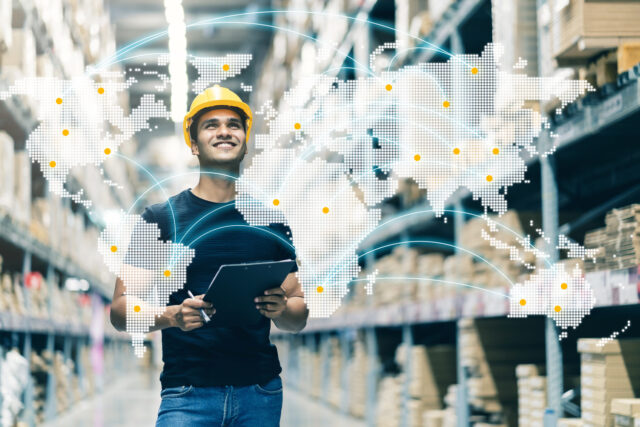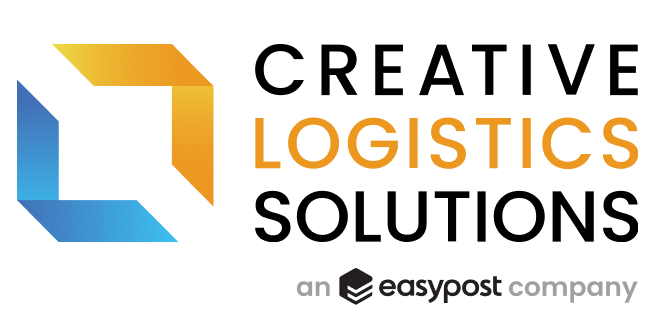order fulfillment Archives - Creative Logistics Solutions
Category : order fulfillment

What Is LTL Logistics in Freight Shipping?
It’s a common sight on U.S. highways: long-haul trucks moving freight shipments from one location to another. As a shipper, you need to coordinate deliveries perfectly so they make it to your customers intact and on time. A big part of understanding freight shipping is knowing whether to use LTL or FTL. But what do the terms mean, and what's the difference? Let's dive in.

Web Based Shipping Software Solutions
As an ecommerce business, focusing on fast, accurate shipping gives you an edge. Unfortunately, on-premise solutions don’t always have the flexibility to handle the omnichannel fulfillment required today. That’s where web-based shipping software comes in.

What Is a 4PL or Fourth-Party Logistics Provider?
Fourth-party logistics, or 4PL, is a logistics model where a business outsources its supply chain management to an external organization. The 4PL provider, simply called a 4PL, acts as a single point of contact for supply chain management and logistics, overseeing transportation, warehousing, order fulfillment, and more.

What Is Omnichannel Commerce? Benefits and Trends
Omnichannel commerce integrates multiple sales channels to provide a consistent, unified online shopping experience. With flexible order fulfillment options and personalized marketing messages, omnichannel commerce makes shopping easier (and more enjoyable) for consumers.

A Guide to Better Understanding Ecommerce Fulfillment
Ecommerce fulfillment is the process of delivering online orders to customers. It includes inventory storage, picking, packing, and shipping. The fulfillment process begins when a customer places an order and ends when they receive their package.

A Guide to Omnichannel Supply Chain
Online shopping rose in popularity during the Covid-19 pandemic, and it isn’t going anywhere. Shoppers want to be able to make their purchases in a way that works best for them. Your business can take advantage of consumers' need for flexible shopping options by implementing an omnichannel supply chain.

What Is Ecommerce Logistics?
Imagine going on a long-awaited vacation. You wouldn’t just show up at the airport and hope for the best, right? Instead, you’d plan ahead by purchasing a plane ticket, booking a hotel, and packing your bags. Ecommerce logistics is similar to planning your big trip. Products don’t get from point A to point B on their own—businesses must carefully develop a process for sending out orders.

Shipping Automation: How It Works + Benefits
Robotic arms grasp packages, autonomous vehicles navigate between shelves, and drones swoop down to leave orders on doorsteps. Sounds like something straight out of a sci-fi movie, right? Although a fully-automated order fulfillment process might still be the future, automation is one of the biggest logistics trends of 2023.

What Is Omnichannel Distribution
Adopting an omnichannel distribution strategy allows companies to connect with customers and provide a personalized shopping experience.



